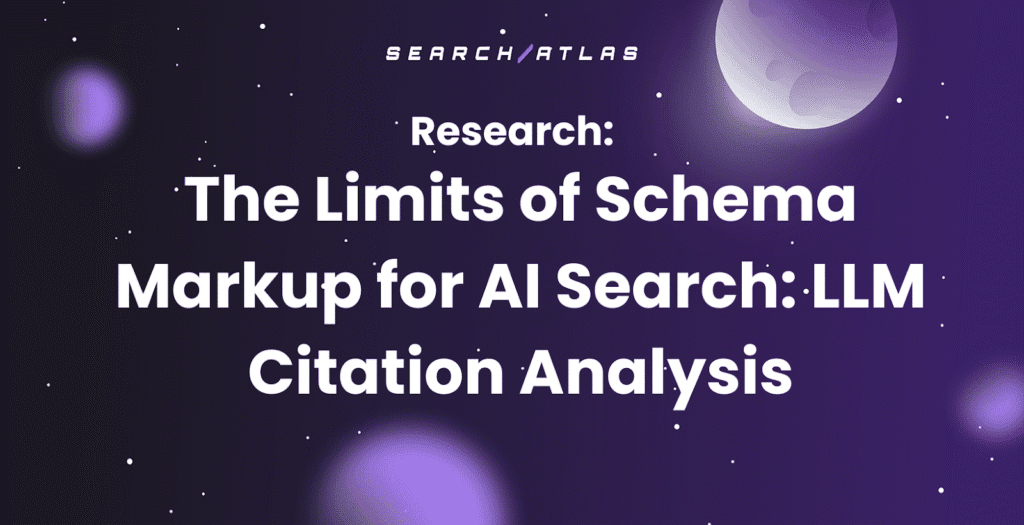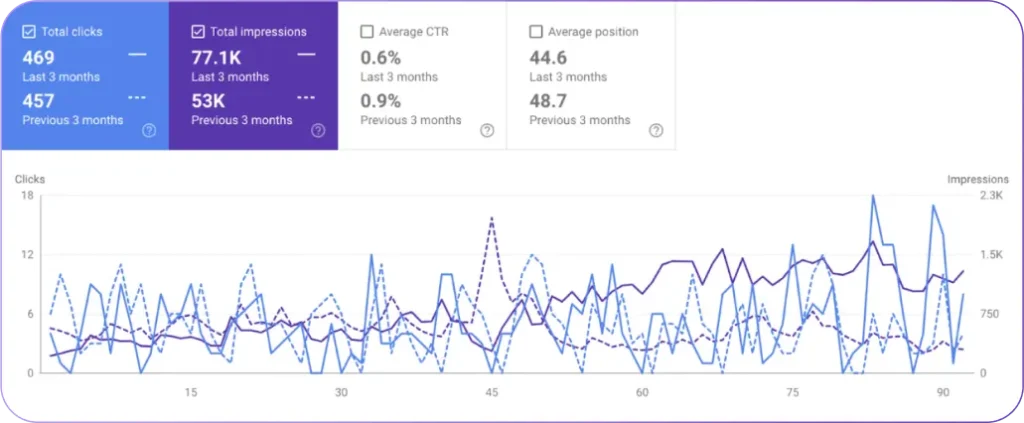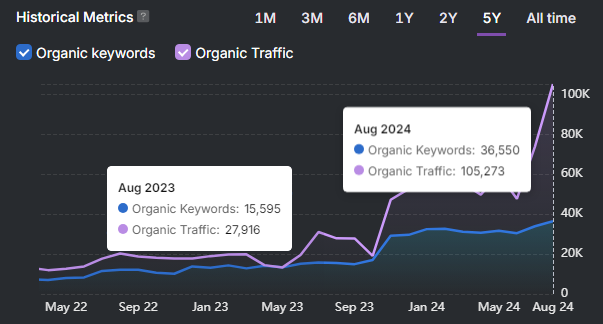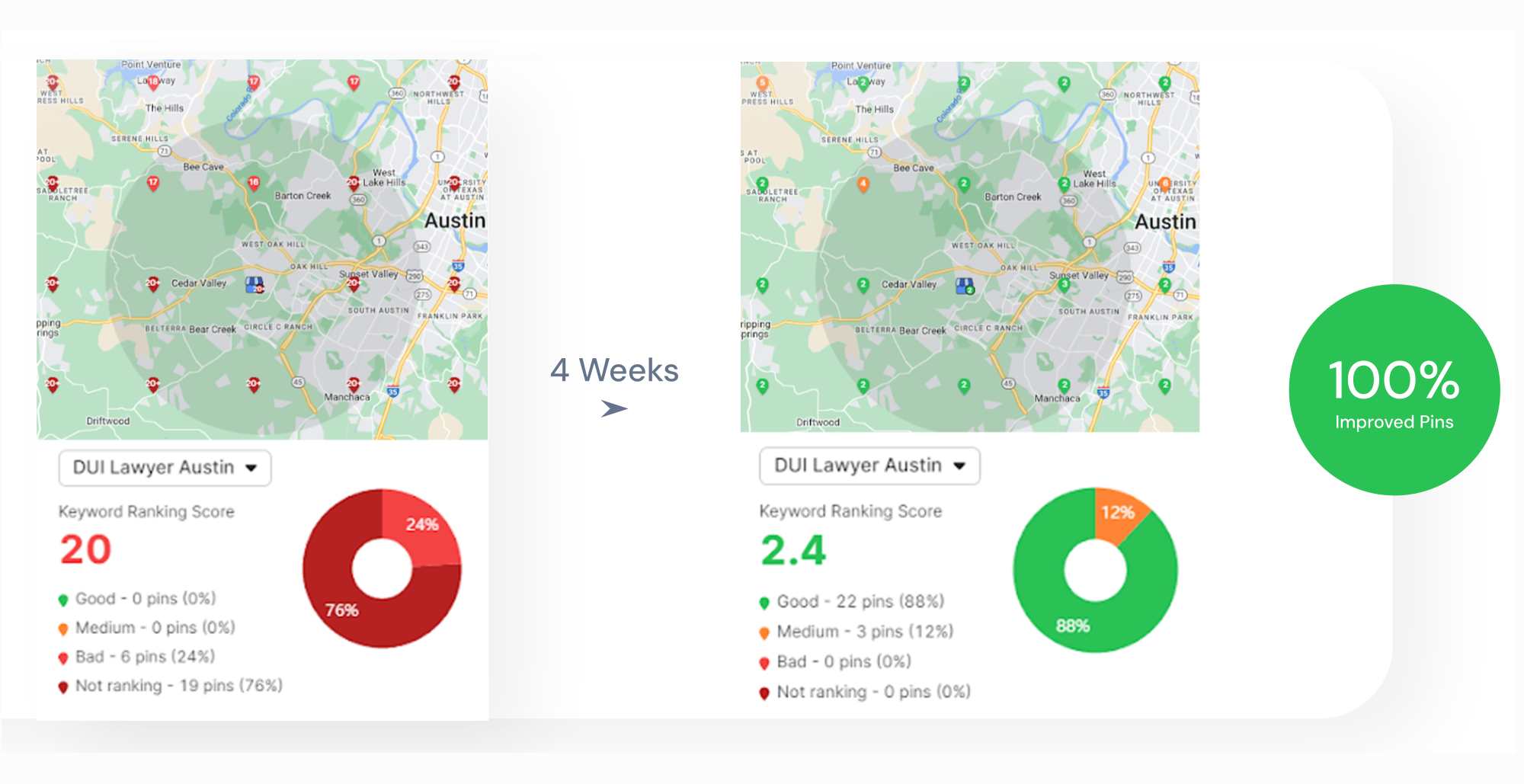Google does not penalize content simply for being AI-generated, but it does penalize low-quality, spammy AI content that lacks human oversight and user value. Google detects AI content through dedicated systems and teams, yet over 16% of search results contain AI-generated content, proving it ranks successfully.
The search engine judges content by quality: helpfulness, relevance, and user satisfaction rather than creation method. Problems arise with scaled content abuse, minimal effort content, and pages offering no added value. Success requires following E-E-A-T principles (Experience, Expertise, Authoritativeness, Trustworthiness), satisfying search intent, maintaining quality over quantity, and providing genuine user value with proper sourcing and context.
Does Google Penalize AI Content?
No, Google does not penalize content for being generated by AI. The official statement from Google shows that the search engine does not consider AI-generated content a violation of its policies.

However, Google penalizes low-quality, spammy content that does not follow its standards. A lot of AI content created without much human oversight and with poor user experience falls into this category. In short, high-quality content that satisfies search intent and provides value is considered appropriate by Google regardless of its method of production.
Can Google Detect AI Content?
Yes, Google can detect AI content. Google has systems that detect AI-generated content, but it uses this detection to identify and remove spam rather than to penalize all AI content based on how it was created.
According to Search Engine Journal, Chris Nelson from Google’s Search Ranking department lists “detection and treatment of AI-generated content” on his LinkedIn profile. He co-authored Google’s AI content policy, proving Google has dedicated teams and systems that detect AI content.
Can AI Content Rank on Google?
Yes, AI content ranks on Google. The strongest evidence comes from Google’s own behavior and real search data. For example, Google actively promotes AI-generated content through its AI Overviews feature.
This feature appeared in 13.14% of all U.S. desktop searches in March 2025, according to Search Engine Land. Google does not feature its own AI-generated responses so prominently in search results after it penalized AI content for ranking. Moreover, it is one of the lesser-known SEO secrets that it’s possible to use an AI overview to your advantage.
Real-world data from Originality AI confirms AI content ranks successfully. Its June 2025 findings show 16.51% of Google search results contain AI-generated content. This dropped slightly from 16.57% in May and the peak of 19.10% in January. However, over 16% of all search results still being AI content proves these pages rank well enough to appear in top positions.
Google judges content by quality, not creation method. It evaluates helpfulness, relevance, and user satisfaction rather than whether humans or AI wrote it. Google’s guidance states content should be “unique, satisfying,” and provide value to visitors.
Is AI Content Bad for SEO?
No, AI content is not necessarily bad for SEO. It is bad when AI is misused to manipulate search rankings and create tons of low-quality content. Google’s January 2025 Search Quality Rater Guidelines update and Google Spam Policies confirm this distinction. The guidelines specifically target AI content that falls into problematic categories. We list the problematic categories below.
- Scaled Content Abuse. Mass-producing pages using automation or AI to manipulate search rankings without offering unique or helpful content.
- Main Content Created With Little Effort or Originality. Content that lacks original thought, insight, or depth, often produced with minimal human input. This is true even if the page cites its sources. However, no effort means literally no effort, and curating, explaining, or improving the content in some way helps pages to avoid this rating.
- Pages That Provide No Added Value. Pages that repeat existing information without enhancing or improving user understanding.
Quality raters look for specific signs of low-quality AI content, including content that only contains commonly known information, shows high overlap with established sources like Wikipedia, appears to summarize other pages without added value, or includes AI language indicators.
Google penalizes AI content that serves only to benefit website owners through monetization, with no attempt to help visitors. The guidelines distinguish between content that shows minimal effort to modify reused material (Low rating) versus content that copies or paraphrases with no effort or added value (Lowest rating).
However, Google’s approach targets misuse rather than AI technology itself. High-quality AI content that demonstrates originality, provides genuine user value, and shows adequate effort in creation still ranks successfully.
How to Create AI Content That Won’t Get Penalized
To create AI content that won’t get penalized, follow the 8 steps listed below.
1. Follow E-E-A-T
E-E-A-T stands for Experience, Expertise, Authoritativeness, and Trustworthiness. Google uses this framework to assess the quality, reliability, and relevance of content. E-E-A-T helps human evaluators judge whether content satisfies Google’s standards. The concept evolved from E-A-T. The addition of “Experience” reflects Google’s increased focus on first-hand knowledge and practical insights.
Experience means the author has direct involvement in the topic. Writers should include specific details that prove they have done the work, seen the process, or tested the product.
Expertise refers to the depth of knowledge shown in the content. Writers should explain complex points clearly. They should show familiarity with terminology and trends in the field.
Authoritativeness involves recognition from others. To show this, creators should link to reputable sources. They should include quotes or references from well-known experts.
Trustworthiness focuses on accuracy and transparency. Writers should use up-to-date facts. They should show who wrote the content and explain how they gathered the information.
The guidelines do not affect rankings directly. Instead, they offer insight into what Google values in content,
To satisfy Google E-E-A-T in AI content, follow the tips below.
- Add real-life examples that show practical experience
- Write content with a clear structure and topic depth
- Link to respected websites and sources
- State the author and include credentials
- Update outdated claims and verify facts
2. Focus on Quality Over Content Velocity
Content velocity is the speed and frequency at which you create and publish content. It matters because it shows your website is active, worked on, and the content is fresh and relevant.
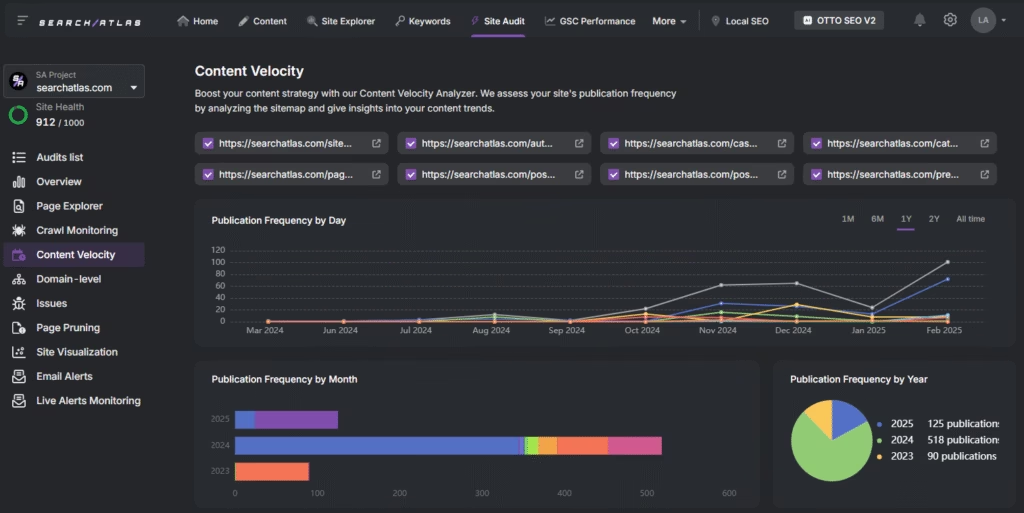
However, high content velocity is sometimes a sign of en masse AI content generation, which Google raters potentially flag as scaled content abuse. To avoid having your content flagged as lowest-quality, improve its value to readers and increase the human effort invested in your blog. This includes keyword research and optimization, natural language use, adding images, videos, and other multimedia, and using structured data.
3. Satisfy Search Intent
Search intent (also known as keyword intent) is the purpose behind a user’s query. The four main types of search intent include informational, navigational, transactional, and commercial investigation. Aim to match your content to the specific goal users want to achieve.
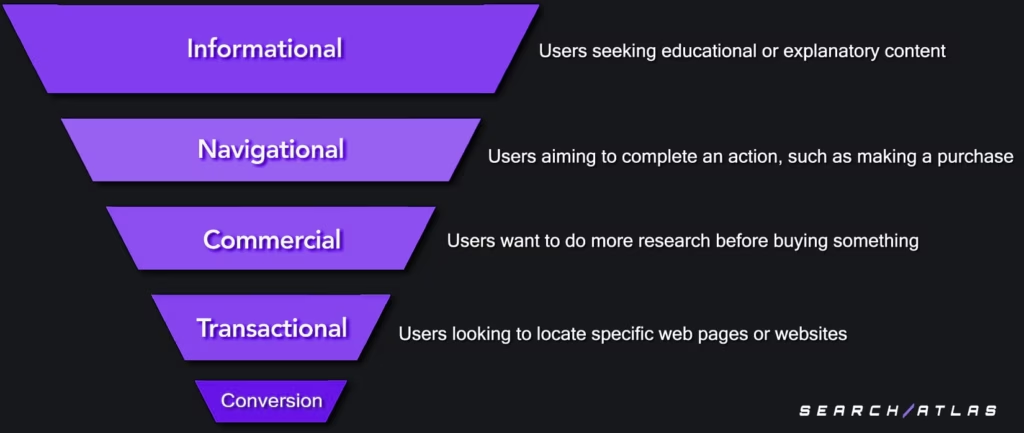
We explain the types of keyword intent below.
- Informational queries require clear answers.
- Transactional queries require product pages or conversion-focused content.
- Navigational queries require direct access to a brand or resource.
- Commercial investigation queries require product comparisons or detailed reviews.
AI-generated content avoids penalties when it responds to the exact need behind the search. Accurate keyword intent alignment shows helpfulness, improves relevance, and supports better performance in search results.
4. Provide a Good SEO User Experience
Better SEO user experience (UX) improves how both users and search engines respond to AI-generated content. UX ensures that visitors find what they need without confusion. Clear layout, fast load time, responsive design, and intuitive navigation reduce bounce rates and increase dwell time. These signals help search engines assess the usefulness and quality of content.
AI-generated content that fits within a strong UX framework appears more trustworthy and effective. Visual clarity also improves brand credibility, which influences user trust. Together, SEO user experience and content establish brand authority, drive conversions, and support higher rankings without risking penalties.
5. Review With Tools Like Scholar
Scholar helps evaluate AI-generated content using the same signals Google uses to rank pages. Scholar analyzes clarity, originality, structure, and topical depth. It compares your content against top-performing competitors and detects weaknesses in quality, freshness, and intent alignment. Scholar checks if the content reflects human effort, includes factual insights, and introduces new information
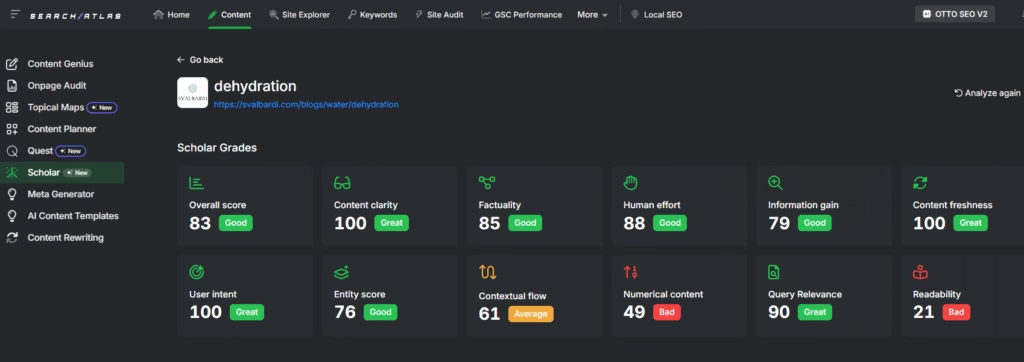
It measures whether content format, keyword usage, and semantic coverage match user expectations. With this feedback, writers correct weak areas before publishing. Scholar ensures AI-assisted pages meet high editorial standards and avoid the patterns that trigger penalties. It helps content meet Google’s evolving expectations for relevance and quality.
6. Cite Real Sources and Add Context
To improve the trustworthiness of your content, cite sources and add valuable data. Ways to do this are listed below.
- Include peer-reviewed studies, government statistics, and expert interviews.
- Include actual research and industry insights gathered in your line of business.
- Explain relevance by detailing how data supports your claim or reveals trends.
- Contrast findings across sources.
7. Perform a Content Audit
Site owners who already host a lot of AI content benefit from regular content audits. Regular content audits help identify and resolve issues. An AI content audit has multiple steps, which are listed below.
- Create a content list using a crawler tool.
- Evaluate on-page quality with On-Page Auditor to test page structure, metadata, schema markup, keyword optimization, and more.
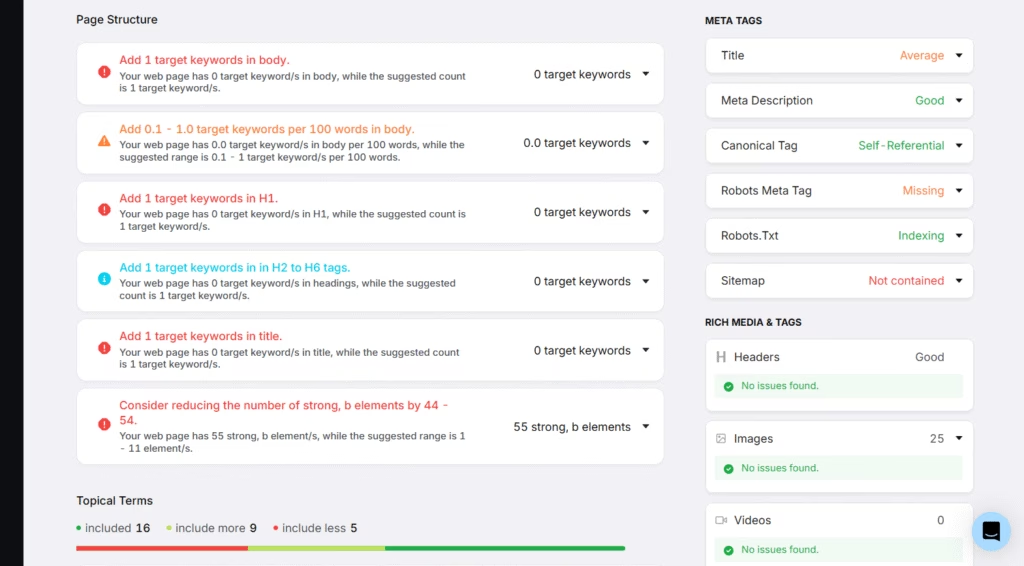
- Evaluate the value of the content to your users.
- Review performance data and overall SEO metrics.
- Categorize pages into keep, update, consolidate, or delete after you complete the content audit.
8. Merge or Remove Underperforming Pages
To improve your performance, remove or update thin, outdated, or ignored pages. Merge similar pieces to boost traffic and reduce the potential of keyword cannibalization.
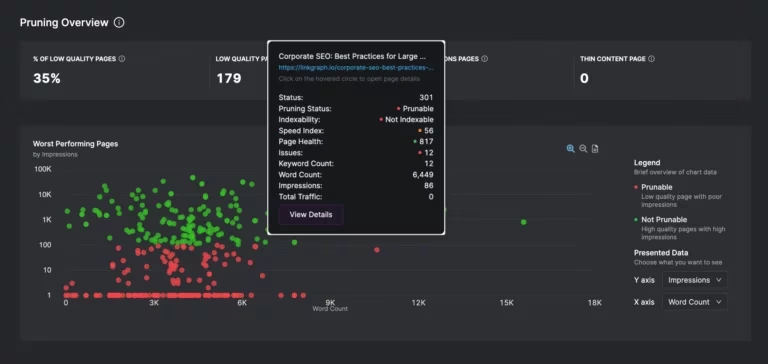
Use the Content Pruning Tool in Search Atlas to speed up this process. The Content Pruning Tool uses filters that make the auditing process simple. Its filters are listed below.
- Low Impression Pages. Pages that rarely appear in search results.
- Low Traffic Pages. Pages that attract minimal or no user clicks.
- Thin Content Pages. Pages that contain little substance and fail to deliver value.
9. Use Specialized AI SEO Writer Tools
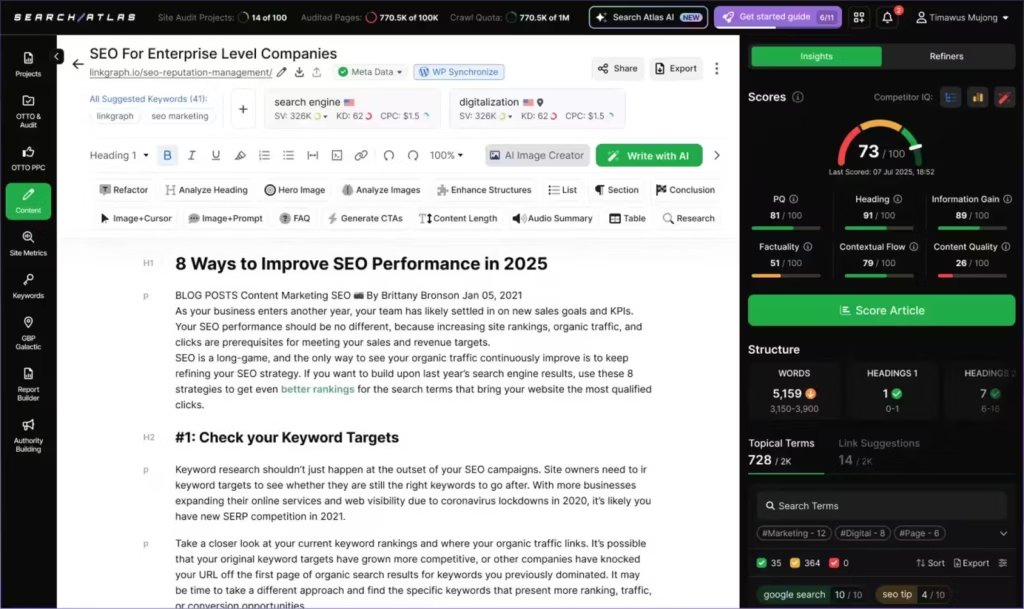
Content Genius is an AI SEO Writer that helps writers produce AI-assisted pages that pass quality filters set by Google. We list the capabilities of Content Genius below.
- Building sections as heading-and-answer pairs that match Google’s indexing model.
- Assigning microagents to tasks such as internal linking, factual accuracy, and tone adjustment.
- Evaluating content with a semantic grader that measures clarity, relevance, and entity coverage.
Following a five-stage write flow, which retrieves web data, organizes a knowledge graph, aligns headings, generates briefs, and refines drafts. - Integrating real-time SERP intelligence, which updates topical context and reveals content gaps.
Stay Updated on AI SEO Tools and Practices
Search Atlas refines its SEO platform through extensive testing, which helps you navigate all search engine policies without refraining from innovation and AI use. Search Atlas tools are based on hundreds of case studies that ensure your decisions remain driven by data. Try Search Atlas for free today!





